Spicy chilis, thin tortillas, and ever-flowing sangria... these are things that you will NOT find in Spain. Or at least not without hunting them out.
Stereotypes about Spanish food run just as deep as those quintessentially "Spanish" images of bull fighters and flamenco dancers. But like those fanciful characters, Spanish cuisine is much different in day-to-day life here than the rumors would have you believe.
These eight myths about Spanish food will totally change the way you think about eating in Spain. And I have to admit, before moving here I was guilty of believing some of these stereotypes too!
1. Spanish Food Is Spicy
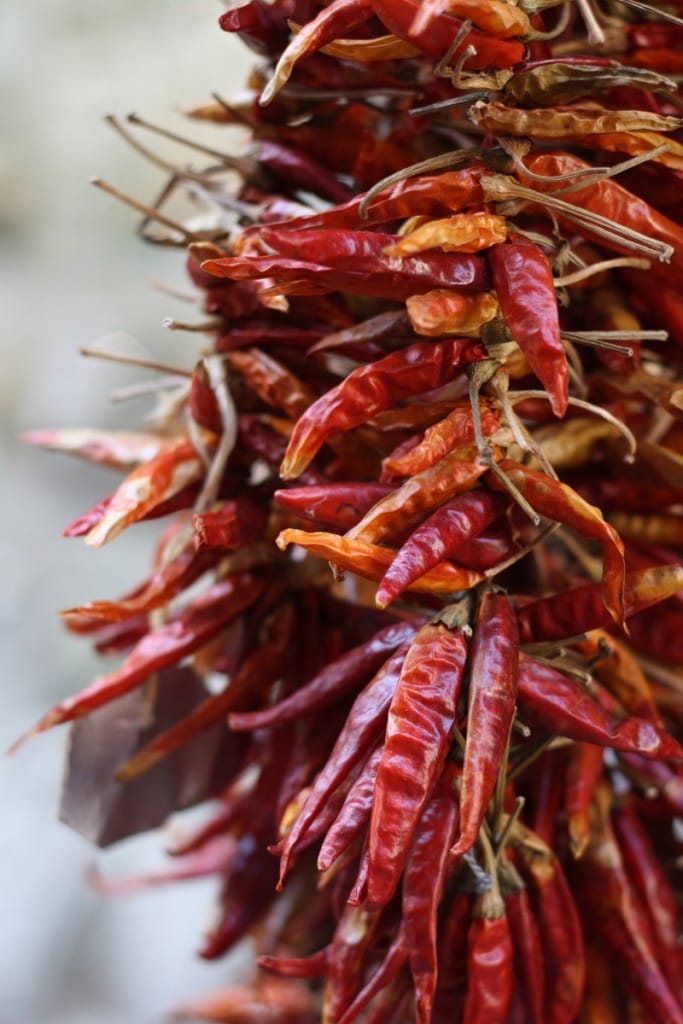
Although Spain and Mexico speak the same language, that is as far as the similarities go when it comes to cuisine (much to my taco-loving chagrin!). That means there are no enchiladas, no burritos, no refried beans and definitely no hot sauce.
There are only two things that this spice-loving southerner has found in all of Spain that are actually spicy: hot paprika-spiced chorizo from the region of León and spicy gulas, imitation baby eels that have been sautéed in garlic and dried, whole cayenne peppers.
2. People Eat Tapas Everyday
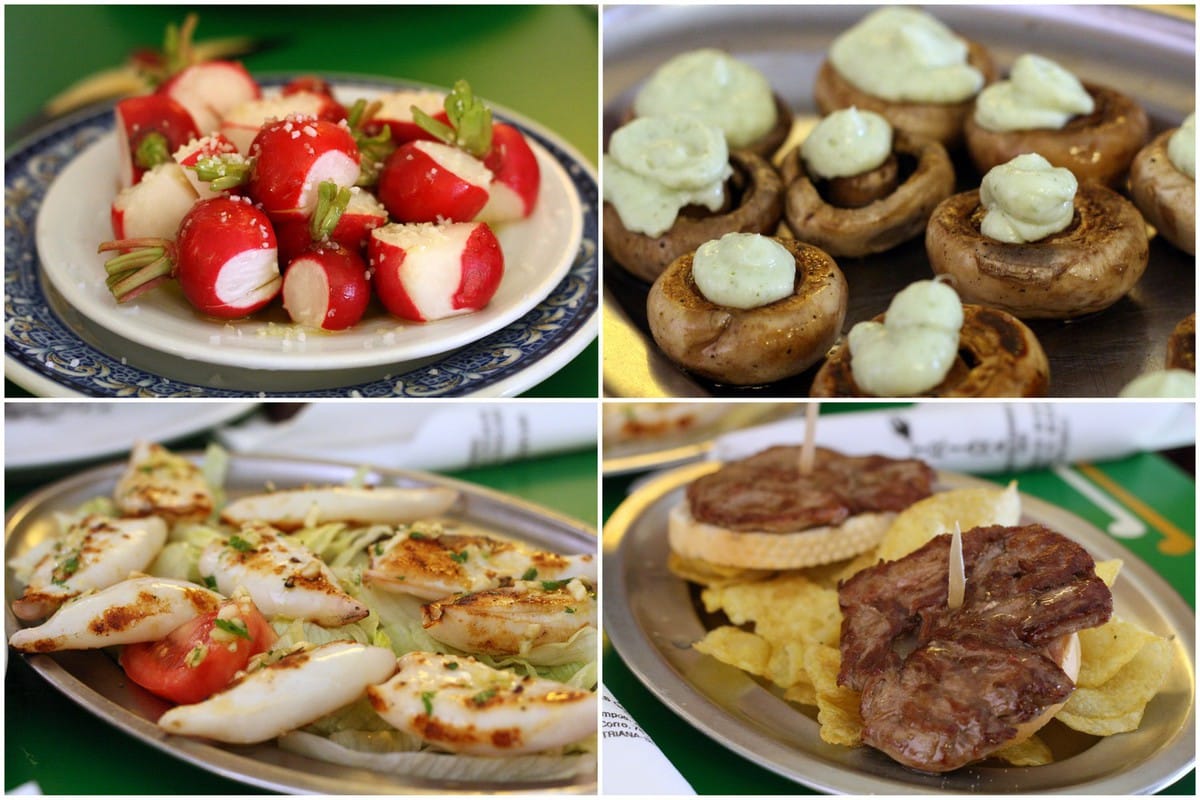
Tapas are perhaps Spain's most famous food. The irony of that is that tapas are not one specific food at all! Instead, tapas refers to almost any type of Spanish food that is served in a very small portion, and also the overall act of going out in a group and sharing food. These little morsels often accompany a glass of wine or an equally mini glass of beer called a caña.
While going out for tapas is extremely popular in some regions of Spain (such as Granada in the south, Bilbao or San Sebastian in the north and León in the northwest), in many cities it is much more common to share larger dishes called raciónes. Whether sitting at a table or standing at the bar, many people order and handful of these bigger plates to share family style when going out for dinner.
And at home people almost never serve tapas. Unless it is a big family holiday, home cooked meals are either two course affairs or family style shared plates. While holiday meals usually begin with an hour or so of appetizers, they are refered to as aperitivos, not tapas.
3. Sangria Is Super Popular
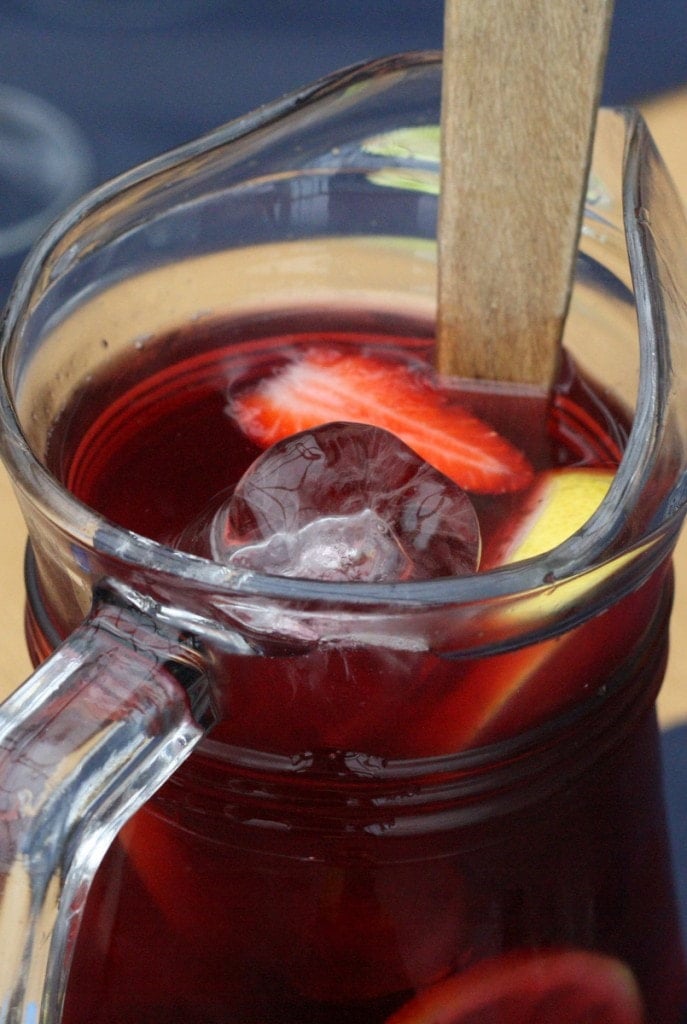
Despite its fame as a Spanish specialty, sangria is a beverage reserved almost entirely for tourists here. Ultra touristy beaches are speckled with restaurants and bars ladling out liters of the sweetened wine and fruit drink. But venture from the tourist zones and sangria starts disappearing from the menu.
Instead Spaniards tend to go for a tinto de verano (in southern Spain) or a calimocho (in northern Spain). They are both like a simplified version of sangria sans the floating fruit. A tinto de verano is made by mixing red wine with lemon soda and a calimocho mixes red wine with Coke.
If you must make sangria, however, at least make it the right way!
4. Spanish Wine Is Just Okay
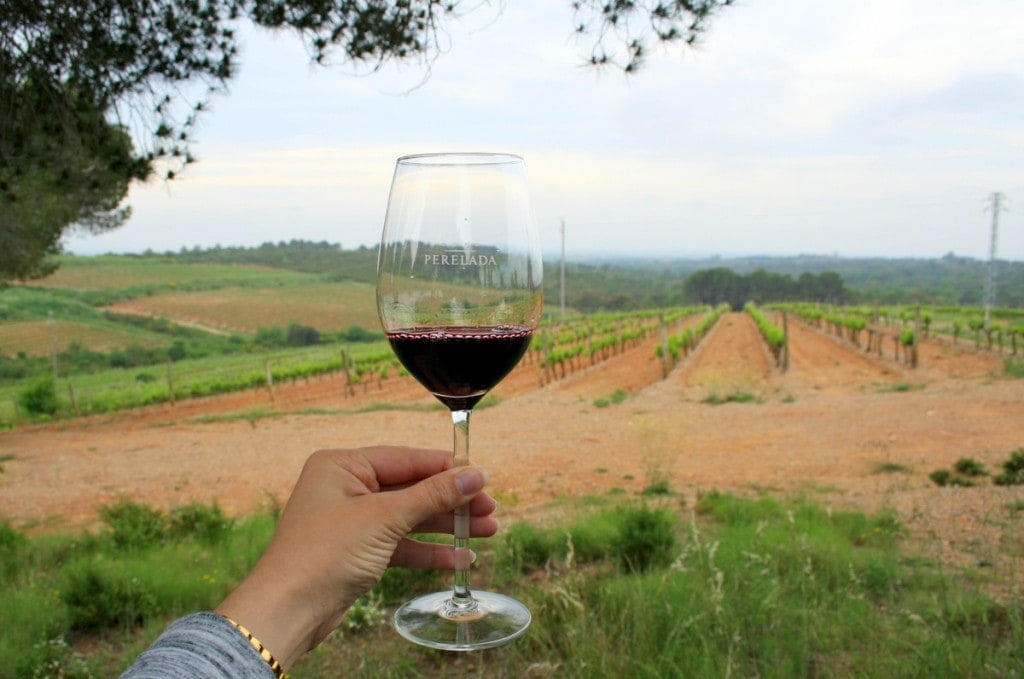
If it was any good, why would Spain be more famous for mixing their wine with soda and fruit than savoring it on its own? I'd argue it is because Spain is notoriously bad at marketing the wonders of their national cuisine internationally.
Spain is the largest wine producer in the world. It also sells that wine for less, on average, than any other major wine producing country. Much of Spain's grape harvest is sold to bottlers in France, Italy and Germany where those Spanish grapes are sold under foreign labels for a much higher price.
The wine that is bottled in Spain is made from many of the same varietals that are sold abroad, but because the harvest in Spain is so abundant prices are often pushed even lower. That means you can get excellent wine (with 90+ point ratings from the infamous wine critic Parker) for a serious bargain, less than 15€ in many cases!
5. Tortillas Have Something to do with Flour or Corn

To make a Spanish tortilla you won't need flour or corn or any other type of grain for that matter. In Spain, tortillas more closely resemble a breakfast omelet than anything you'd find at a Mexican restaurant.
Tortilla in Spanish effectively means "egg patty." By and large the most popular type of tortilla in Spain is made with fried potatoes and onions squished together with beaten eggs and cooked in a saucepan until the exterior is golden brown and the interior is delightfully juicy and slightly runny.
Another popular tortilla in Spain is what is called a tortilla francesa, a French Omelet. Beaten eggs are poured onto a hot griddle to form a thick sheet of egg. That sheet is fold into thirds and often served for dinner or in a sandwich.
6. Paella is a Seafood Dish

While paella, the popular Spanish rice dish, is often made using shrimp, clams, scallops and fish, traditional paella is completely seafood free. With abominations in the name of paella popping up across the globe, paella makers in the dish's hometown of Valencia, Spain sought to set the record straight last year.
After polling more than 200 restaurants, six of the region's top chefs and countless emailed-in recipes from Valencians, researchers defined the traditional paella recipe to include snails, rabbit, chicken, tomato, peas, salt, saffron and olive oil.
That being said, I still love a good seafood-packed Spanish rice... even if it does feel a bit inauthentic calling it a paella.
7. Tapas are Free
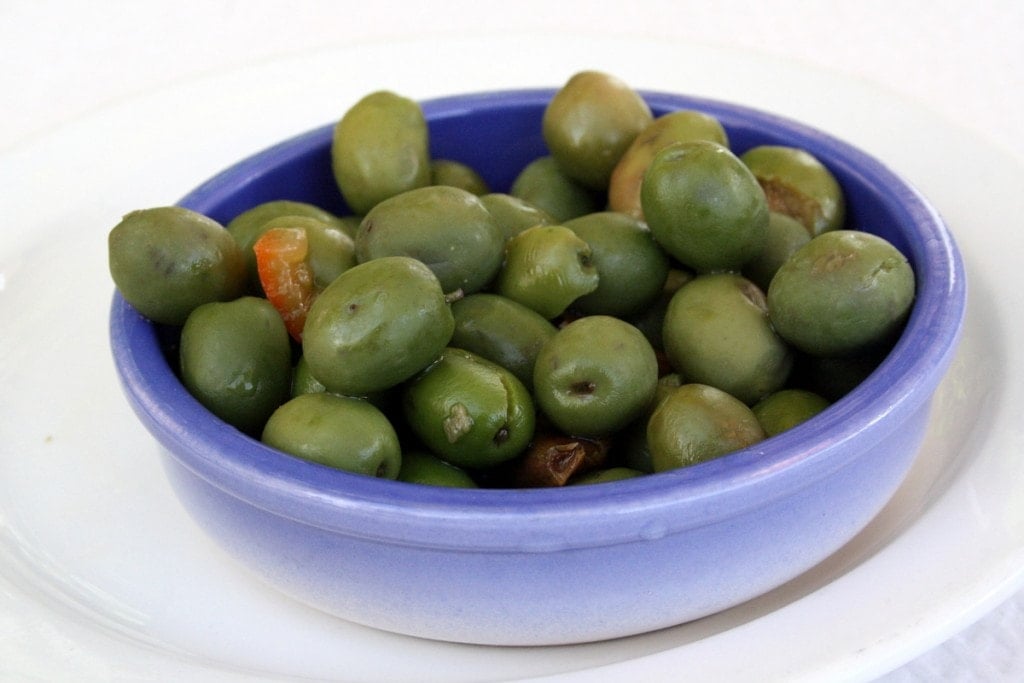
If it sounds too good to be true, that's because in most cities across Spain it is. A few places (Granada, for example) are famous for the large, filling and delicious tapas that most restaurants give out free when you order a drink.
But that free food bonanza is just a fantasy throughout most of the country. While almost every Spanish restaurant will serve you something to snack on with your drink, more often then not that free snack is nothing more than a bowl of potato chips, olives or a slice of cheese.
8. Vegetables Are Everywhere
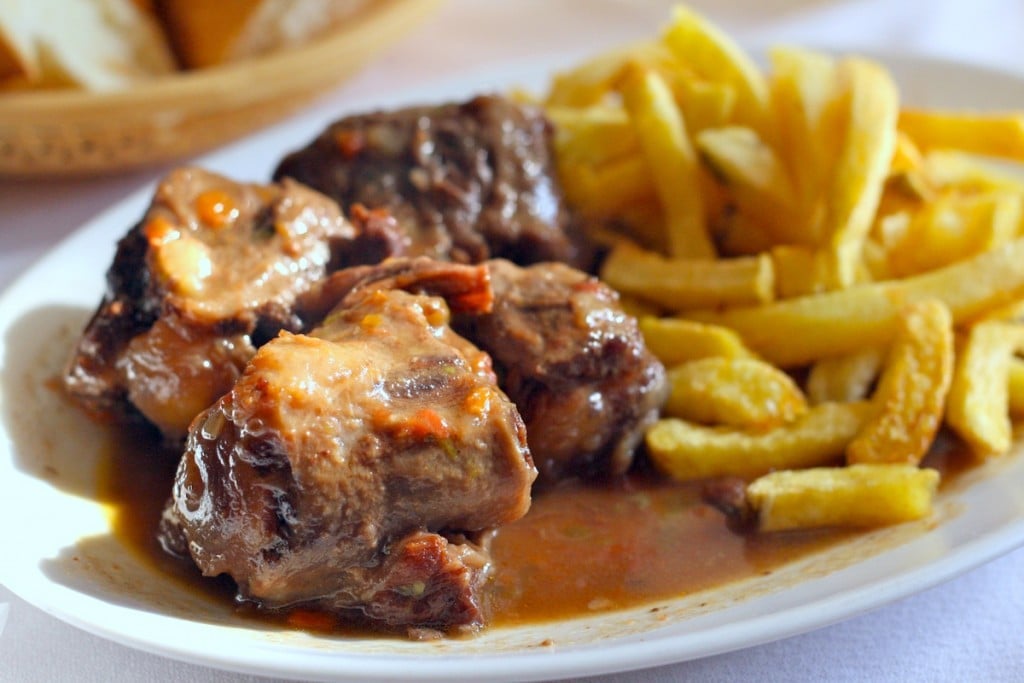
Yes, Spain is a Mediterranean country. Yes, Spaniards tend to eat copious amounts of olive oil and fish and other good-for-you foods highlighted in the Mediterranean Diet. But no, that doesn't mean you'll find fabulous fresh vegetable dishes on every menu-- at least not at restaurants.
Vegetables are often strikingly absent at many meals in Spain. Main dishes are almost always some kind of protein like steak, fish or meaty stew and they are usually accompanied by fried potatoes. While there are plenty of spectacular vegetable-based dishes in Spain, fresh veggies are often a scarce commodity on the restaurant tables of Spain, and saved for eating at home with the family.
If you're planning a trip to Spain and want to avoid these Spanish food stereotypes, check out a food tour with Devour Spain! They run amazingly informative (and delicious!) tours in Madrid, Barcelona and Seville.
Have you found any food myths or stereotypes to be totally false during your travels?
Feature photo adapted from jeffreyw on Flickr CC


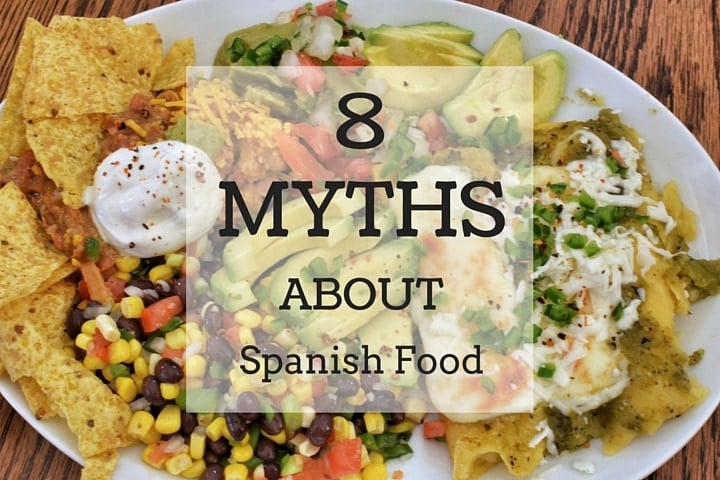


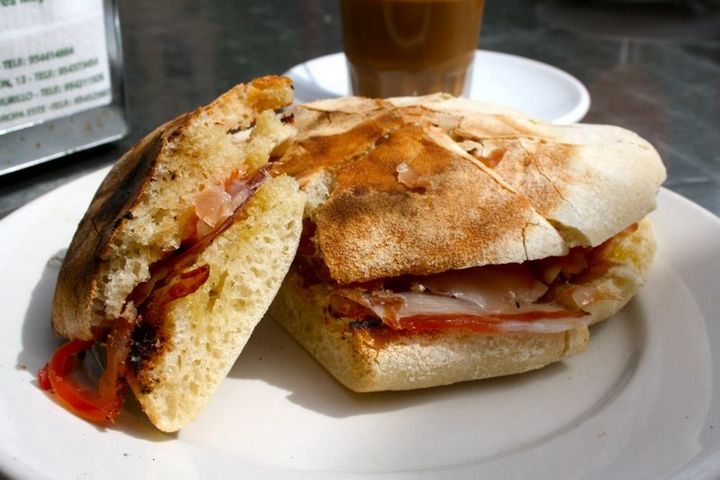

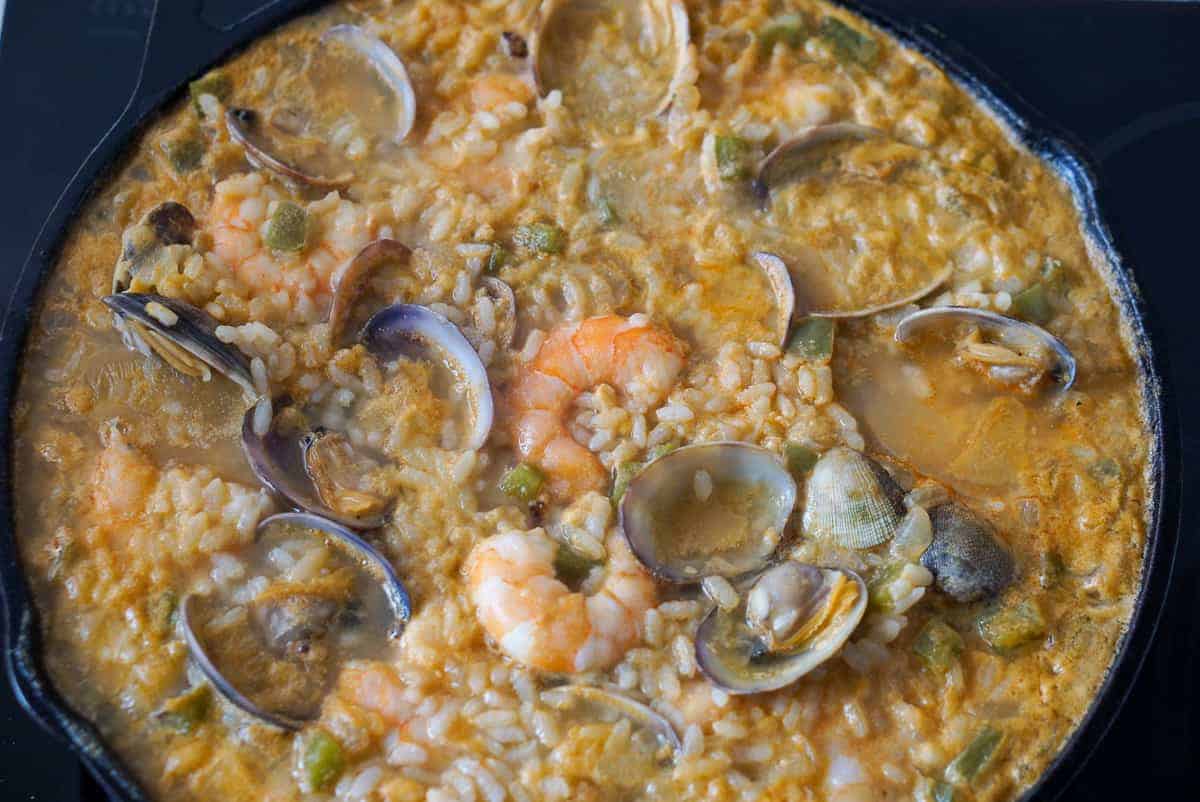

Ruth
I cannot say that I decided to move to Spain for 9 months for the food. The wine yes but definitely not the food.
The first time I was in Spain was for 2 months in Valencia and this time around it will be a total of 9 months in Alcala de Henares. I try to eat mostly vegetarian and it is much harder to find good vegetarian places here in Alcala de Henares. I cook at home most of the time.
I didn't have any preconceptions about Spanish foods but what I have found is that lots of dishes lack flavor, fresh veggies, and there is definitely a lack of diversity. I did find some great places in Tarifa and an awesome veggie burger place in Valencia. So it's not that these one offs don't exist but they are not common in my opinion. A girl can only eat so much tortilla de patata.
Lauren Aloise
Hi Ruth! It's true the smaller cities and towns can be tough. But at home and in Madrid, Barcelona and Seville I know that vegetarian options are plenty - and delicious!
Alvaro
We do not need ketchup, mustard, and the hundreds of sauces that foreign cuisines rely on to make acceptable food.
In the meantime, our life expectancy continues growing thanks to our "tastiless" dishes.
Ironic enough, Spain is the largest exporter of eco-friendly agricultural products in Europe.
Perhaps you didn't search enough, or language barriers.
Marci
While tapas may not be common where you live, in Asturias you find pinchos at most bars and they are more than just an olive or slice of cheese. Different bars have different pinchos and they are like a single appetizer. I've had everything from a bite of Tortilla on a toothpick to a croquet or even a small teaspoon with a potato salad. We often chose which bar we would go to based on their pinchos and on a Sunday afternoon would go from bar to bar getting a glass of wine and a pinch of at 4-5 different bars. In Gijon, where I lived, we even had a back street lined with small bars nicknamed "La Ruta de Vinos". **sigh** Good times, I still miss.
Mike McDermott
Lauren,
If you are ever in Barcelona make sure to check a small hole-in-the-wall place off of Las Ramblas called "El Club De La Empanada". My mother's side of the family is from the Galician region in Spain and this place serves all kinds of Empanadas, just as I remember eating growing up and just as I make in my kitchen today. Plus, if you go there on the right night, they do signing and dancing while they eat Empanadas. The Empanadas themselves though are terrific and pair great with a good glass of vinto tinto.
The place is owned by two brothers from Galicia (I forget their own) and it is very small and quaint and you have to walk down a couple of alleyways to get there, but it is well worth the visit.
https://clubdelaempanada.com/
Lauren Aloise
Yum! I'll check this out! Thank you.
Tana
I have been reading for years that something like one in ten padróns is hot. Of course I mean the peppers and not the tequila. Ahem. ( jk )
Seriously. I read about them first in the Chronicle, about farmer and chef. Andy Griffin (the farmer who first grew them for the chef who introduced them to the San Francisco Bay area, Chris Cosentino, who brought seeds back from Spain) writes beautifully:
http://www.newfarm.org/columns/CSA_journal/2004/0904/padron.shtml
The secret isn't a secret at all: as he plainly says near the end of the piece, the bigger they get, the hotter they get. That knowledge prevents the ridiculously high estimate of "one in ten" being ridiculously spicy. (Oh, all the silly exaggerations about heat. Pul-lease. Eat an overripe habanero and get back to me. Three days later, after the pain finally subsides.
Padróns do get hot. But not if you know to pick them when they're about the size of a gherkin pickle or half a hotdog or smaller. Larger than that, you're playing with fire. I recommend it if your tear ducts need unplugging quickly.
Anyway, we've been growing them—upwards of twenty plants for at least a decade. I've eaten thousands by now. I can count on one hand—and I have five digits on each hand—the times one has surprised me with its heat. (The later in the season, the less this applies, because the paler green padróns can be startling hot, given their size. We do experience aberrations among the four aisles of plants. Even from one end of the garden to the other, the plants range in height. Our tallest are close to chest-high, and fruits are abundant. Seriously, on a typical great day (say picking three times a week, or even every other day), there are days where I'll pick a hundred, easily. Fifty's an average good day. We share them widely, and share our method (a blowtorch, a real plumber's blowtorch and not one of those feeble cooking store ones—for starters).
So, in Spain, how do the pimientos de Padrón vary in size and color? I think they share at least one flavor component with squid ink, and the only word I can use to describe the flavor is "inky." Which means it has slight astringency and has a dark green flavor like minerals and chlorophyll. I don't know. I just know it when I taste it. And when I say "we" grow them, I mean Bob. It's always been his garden.
Catering Perth
I found it hilarious and so accurate at the same time.
Lauren Aloise
So happy to hear it!
Pop Spencer
I've just got back to England after 10 days in Sant Feliu de Guixols, about 50 miles North of Barcelona. As we're both vegetarian and my wife's coeliac we tended to have tapas for lunch most days if we were out. I was struck by the difference in sauce for patatas bravas which was more of a mayonnaise with paprika rather than the spicy tomato sauce I've had on the Costa Blanca and Andalucia. I did have a plate of my favourite Padron Peppers, though, in Barcelona. Other than that I cooked tortilla or frittata at the apartment, and a curry one evening (I'd taken a spice mixture), though we went out to dinner a couple of night's for a risotto and a found an Italian restaurant which did gluten free pasta.
I must say, though, that it's a lot easier to be vegetarian in Spain these days than when we first went about 30 years ago, when it just didn't compute.
Frank Teixeira
Iberians do not like the cocina del author despite the fact that much innovation in food prep is associated with Spain.
They would prefer traditional fare and are not very adventurous when trying other cuisines.
It is true that veggies are mostly lacking in both Portugal and Spain so, pack the Miralax.
Lauren Aloise
Haha! Very true. Though the markets in both countries are filled to the brims. So a rental apartment with a decent kitchen is my recommendation! And very true about the modern vs. traditional. I learned not to bring my in-laws anywhere too different a long time ago. Pizza is a stretch. This is what we try to explain to people especially on our Seville tapas tour. Modern places (as good as some are) are mainly for the visitors!